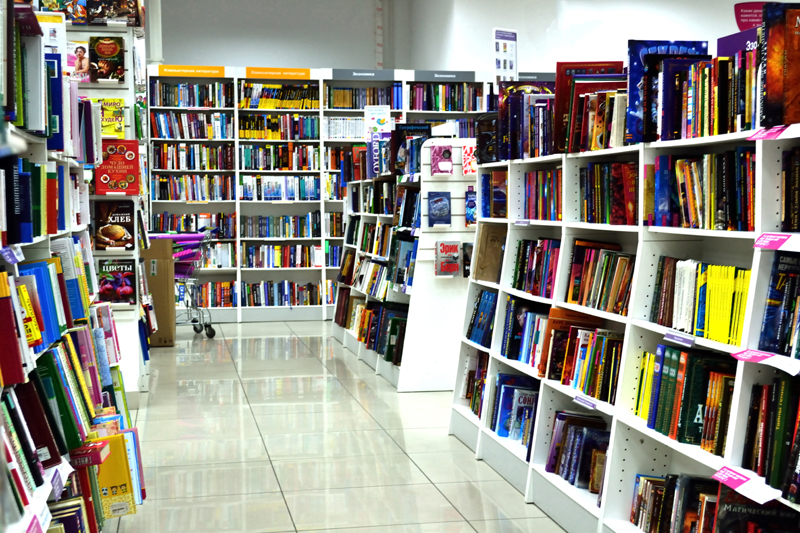The Value of Light Weight Reading

We want young people to read good literature. More importantly, we want young people to read! This may mean tossing aside our ideas of what children and teens should be reading.
A new librarian recently asked the question, "Should I have the Series of Unfortunate Events in my library?" I answered with a hearty, 'Yes!'
Literature that many consider light weight, or even trashy, has distinct value. This reading material includes comic books, teen romance novels, gaming magazines, and book series by Lemony Snickett. These materials serve as gateways to other literature. They also mean young people are reading.
These high interest materials often cover a wide range of reading levels. Stop! Before you start to pass judgment, think about the reading level of popular adult books.
I did an informal survey of reading levels of adult books. I studied the reading levels of three books each by Stephen King, Mary Higgins Clark, Lloyd Alexander, and a copy of The House at Pooh Corner.
Stephen King's books tested at a 5th or 6th grade reading level on the Flesch-Kincaid scale. Clark's books tested at a 5th grade reading level. What about Lloy Alexader, who is a children's/young adult author? He consistent tests at the 7th & 8th grade reading levels. What about poor Pooh? A.A. Milne presented Pooh's stories with some impressive grammar tricks, and so tests at the 7th grade reading level.
Yes, yes, so that was my informal test. I'm not alone at looking at this issue. Michael A. Burstein in his article Flesch-Kincaid: Threat or Menace? writes about his reflections of readability.
One of the many books on writing I own is FICTION WRITER'S BRAINSTORMER by James V. Smith, Jr. Smith has a chapter called "A Brainstormer's Guide to Revision and Editing" in which he describes the way he analyzed bestselling fiction. He typed into his computer selections from ten bestselling novels, one each by Fannie Flagg, Kaye Gibbons, John Grisham, Jan Karon, Stephen King, Elmore Leonard, Terry McMillan, Anna Quindlen, Danielle Steel, and Wallace Stegner. And then he ran them through his grammar checker to find out what the Flesch-Kincaid scale said about them....Finally, on the Flesch-Kincaid Grade Level scale, the range was 2.68 to 6.3, with an average grade level of 4.4.
As I preach over and over to my patrons, being able to read the words doesn't mean being able to understand the concepts. I can read a book about neurosurgery, that doesn't mean you want me to operate on your brain. (This is accompanied by a wicked, maniacal laugh.)
As part of my study I also tested the reading level of several picture books. The reading range was between 3rd and 6th grade. This last piece of information has been most helpful in dealing with parents and teachers who object to upper elementary students reading picture books. If the pictures are giving a 4th grade student visual clues in a picture book fantastic! This helps them make sense of unfamiliar words.
We need to use readers' interests and help them find materials that they want to read. Don't shun the light weight book. You'll be surpirsed sometimes at the depth and growth that can come from this source.
You Should Also Read:
Promotion and Programing
Professional Development
Free Reading and Student Achievement

Editor's Picks Articles
Top Ten Articles
Previous Features
Site Map
Content copyright © 2023 by Paula Laurita. All rights reserved.
This content was written by Paula Laurita. If you wish to use this content in any manner, you need written permission. Contact Christine Sharbrough for details.


